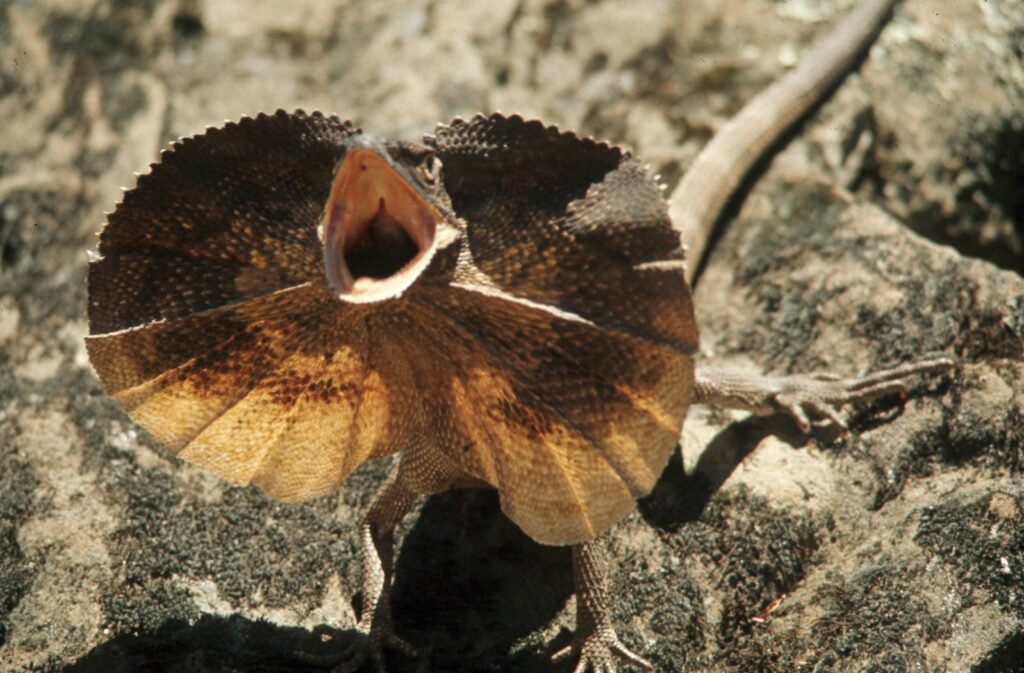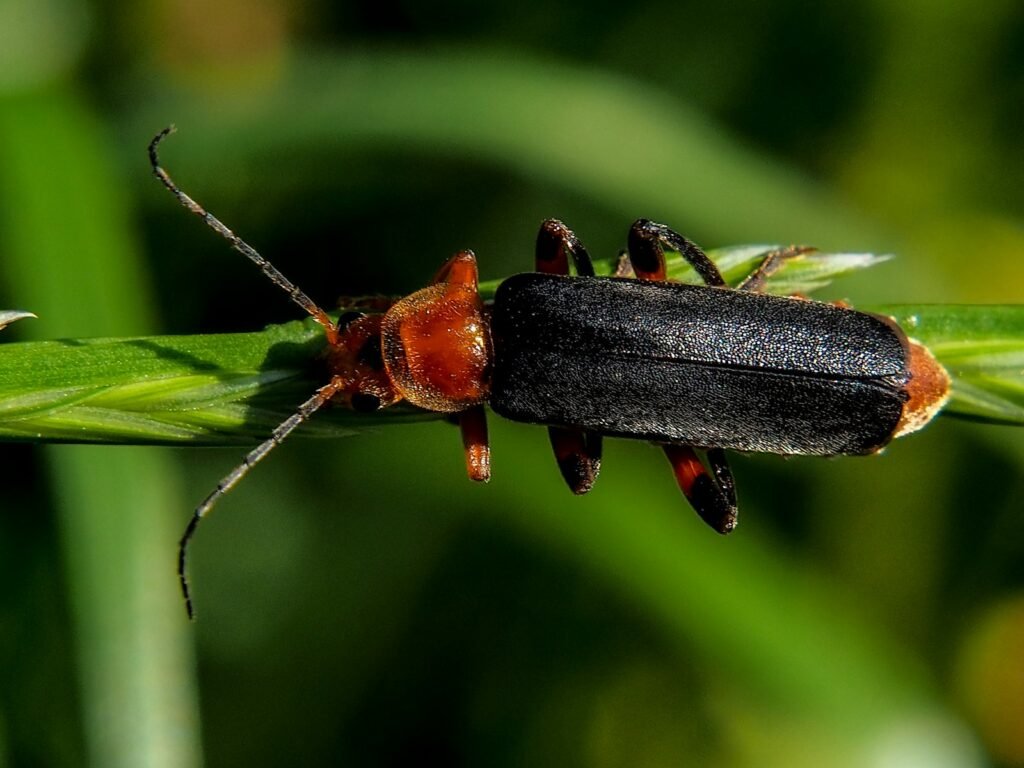A sun-warmed snake suddenly flips belly-up, mouth agape, tongue limp, and releases a foul stench that screams decay. A hawk hesitates, a fox backs off, and a startled hiker wonders if the animal has died right in front of them. This isn’t a tragic scene – it’s world-class theater. Across fields and sandhills, a small North American snake has perfected the art of playing dead, turning panic into performance and danger into escape. Its act is so convincing that even seasoned wildlife observers sometimes second-guess what they’re seeing.
The Hidden Clues

What looks like death can be the most alive moment of the day. The first clue is posture: the body twists and slackens, while the head lolls to the side as if the life has drained out. Then comes stillness so complete it feels eerie, broken only by a stray leaf brushing past the scales.
Predators key in on movement, scent, and confidence, and this spectacle scrambles all three. The snake smells wrong, moves wrong, and looks more like a biohazard than a meal. The moment of doubt buys precious seconds, and seconds are everything.
Meet the Master Mimic: The Hognose Snake
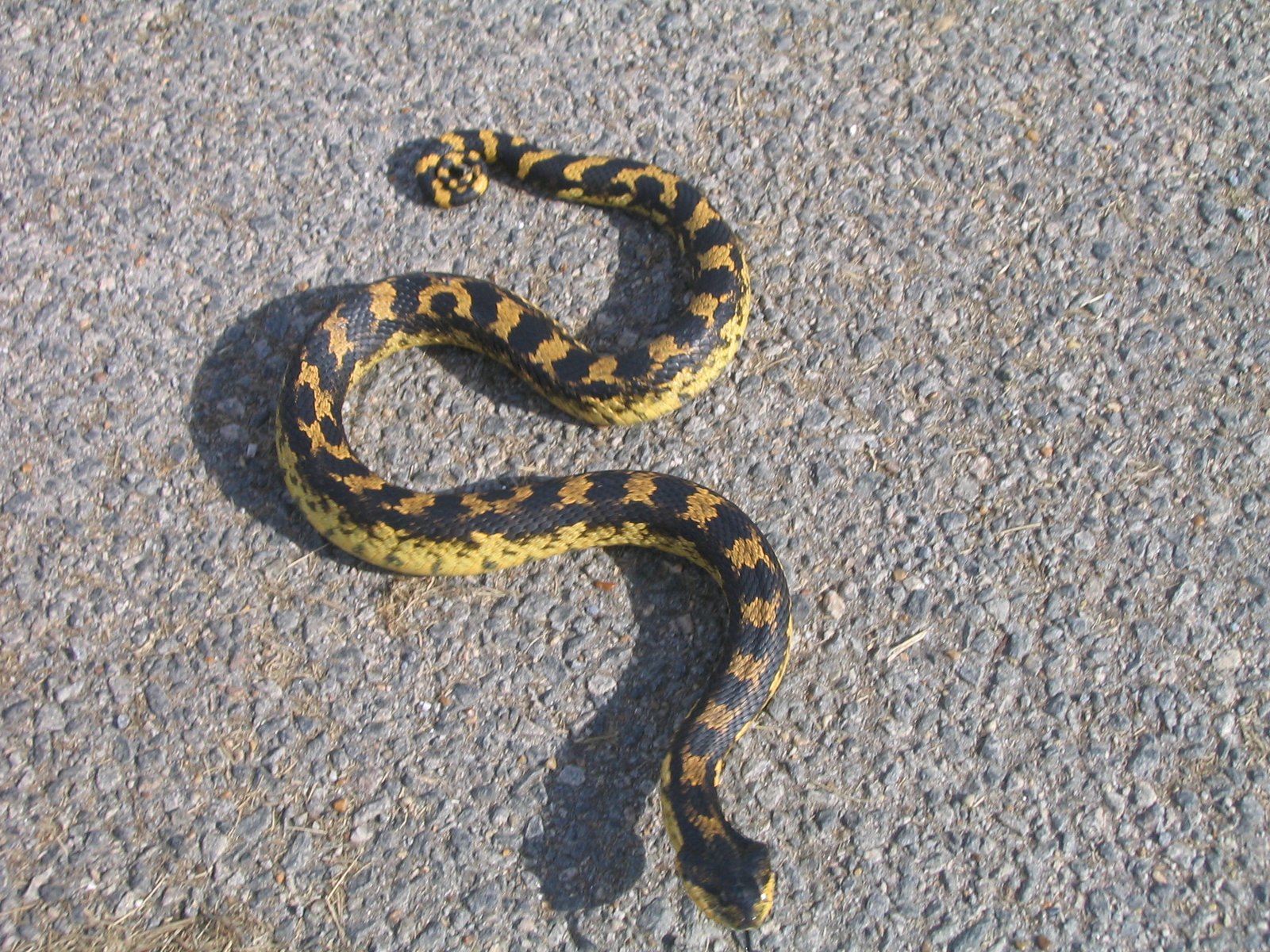
The star of this drama is the hognose snake, a toad-specialist found across much of North America. It comes with an upturned snout like a tiny shovel, perfect for nosing through sandy soils and leaf litter. Before it plays dead, it puts on a pre-show: neck flattened into a faux hood, body inflated, loud hisses, and dramatic bluff strikes that rarely land.
If the threat refuses to leave, the curtain rises on the famous collapse. The hognose rolls onto its back, gapes its mouth, lets the tongue dangle, and sometimes even dribbles fluid for grim realism. Flip it right-side up and it often flops back over, as if saying, in effect, absolutely not – I’m deceased.
The Science of Playing Dead: Thanatosis Explained

Biologists call this strategy thanatosis, a last-ditch response seen in many animals, from beetles to birds. It sits at the edge of instinct and physiology: a rapid shift into limp stillness that makes the body feel like a sack of wet rope. In vertebrates, researchers suspect brainstem circuits and stress hormones help trigger the freeze, putting the system into a low-gear state.
For a predator, the payoff calculus changes. Live prey means fresh protein; a suspicious corpse may mean disease, toxins, or wasted effort. The hognose can’t outrun a hawk, but it can out-weird it, and weirdness, in nature, often wins.
Chemistry of a Convincing Corpse

Death is a smell before it’s a sight, and the hognose leans into that. When threatened, it releases a powerful musk and cloacal contents that mimic the sour signature of decay. The odor spreads quickly on warm air, turning the snake into an olfactory red flag.
There’s an added twist: a mouth agape and slack jaw showcase a pale interior, accenting the visual illusion of lifelessness. Combined with the sour blast of musk, the whole display broadcasts keep away. Even curious predators often peel off at this point.
Split-Second Theater: The Sequence Predators See
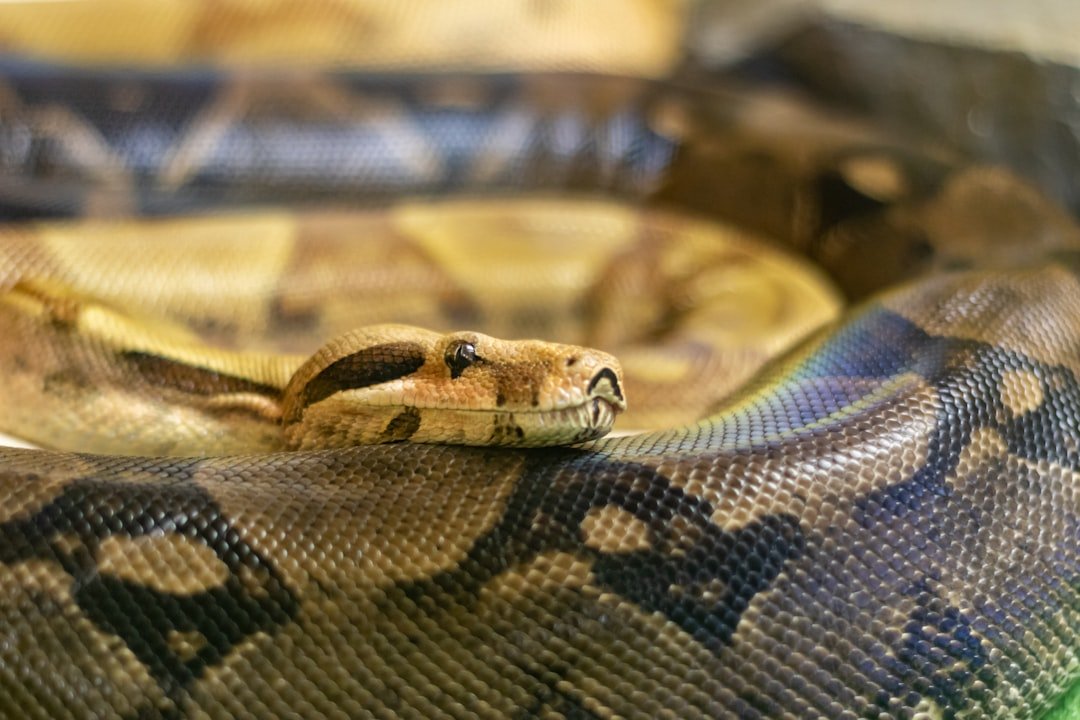
Field observers describe a reliable sequence when a hognose hits the panic button. First comes the hooding and bluster, then a dramatic tumble and the sudden slackness that feels uncanny. The tongue falls limp; the body lies still with subtle, irregular angles that look oddly authentic.
Predators test reality with cautious prods or short feints. The snake refuses the cue, doubling down on stillness and stink. That stubborn commitment to the bit is exactly what sells it.
From Ancient Notes to Modern Cameras

Naturalists wrote about death-feigning snakes long before we carried pocket cameras, but modern video has revealed details those early notes missed. Slow-motion clips show micro-movements – the faint twitch of a tail, the delayed droop of the jaw – that make the performance so unsettling. Camera traps and citizen videos have also captured the moment predators abandon the attempt.
What used to be anecdote is now evidence-rich storytelling: timelines, frame counts, and repeatable patterns. The behavior holds up across habitats and seasons, suggesting it’s not just a quirky oddity. It’s a refined survival tactic with a long evolutionary history.
Why It Matters
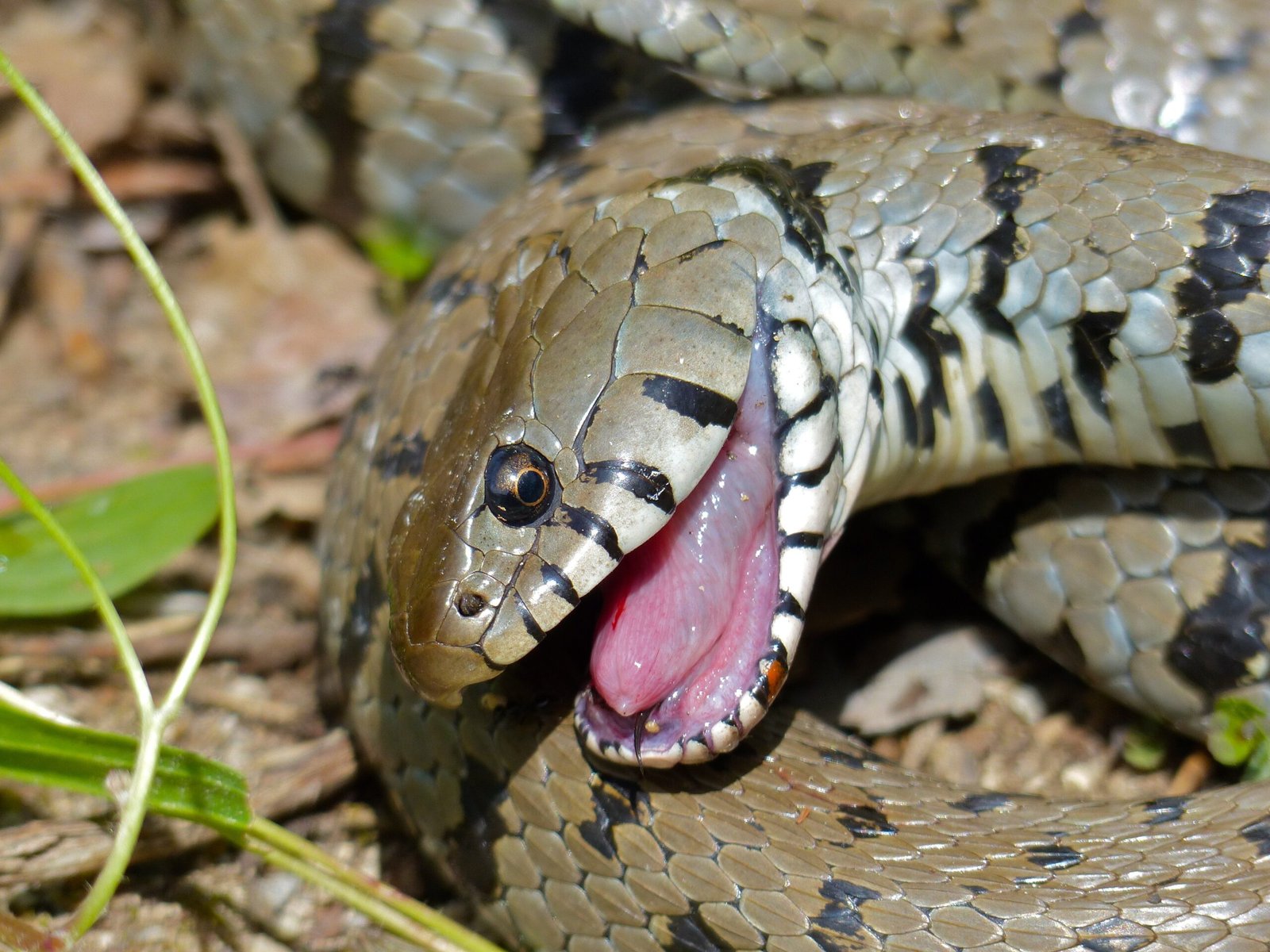
This is not a sideshow; it’s a blueprint for surviving in an arms race. Understanding thanatosis helps conservationists decode how animals navigate risk, especially in fragmented landscapes where cover is scarce and escape routes are short. It also reframes public perception: a snake that “looks sick” may actually be healthy and deploying a sophisticated tactic.
Compared with outrunning or out-fighting a predator, playing dead is cheap and fast. It requires no special sprint, no venom, and no heavy armor. When fear meets physics, the smartest move can be to stop moving at all.
Look-Alikes and Global Perspectives
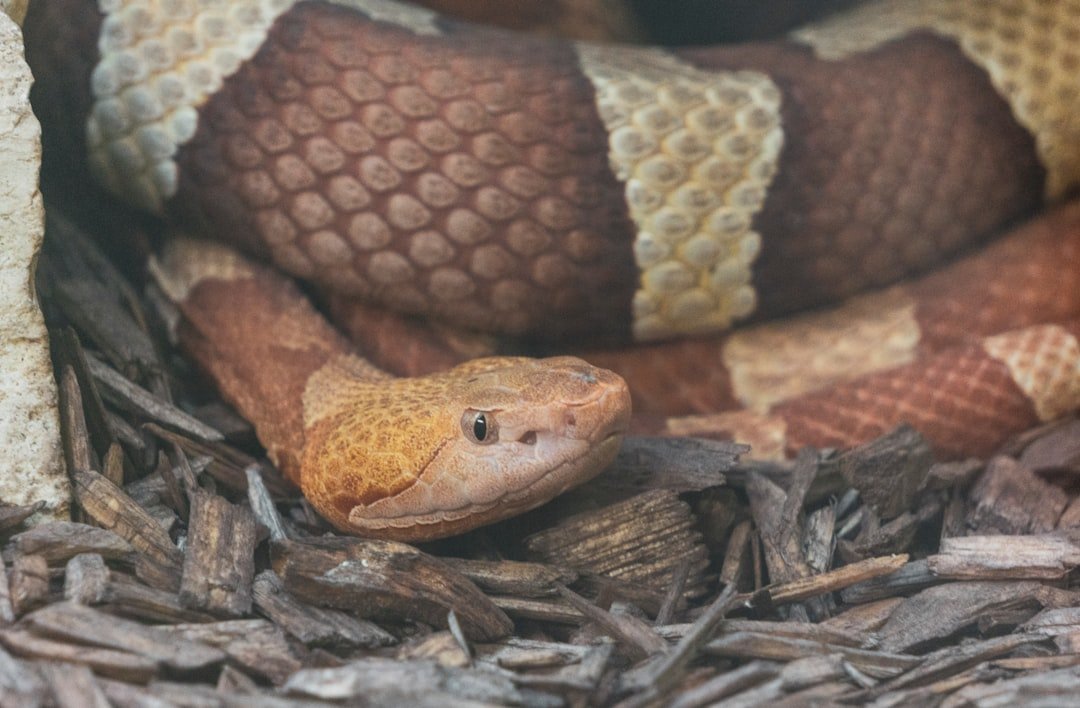
The hognose gets the headlines in North America, but it is not alone. Europe’s grass snake is notorious for a similar collapse, complete with foul musk and a convincingly slack mouth. Some other reptiles borrow parts of the playbook – spreading a hood, inflating the body, or freezing – but few commit to the full performance as convincingly.
The global spread of this tactic hints at its deep roots. Predators everywhere weigh risk and reward in similar ways, so the same trick can evolve more than once. In the theater of survival, good scripts get reused.
Toad Specialist, Gentle Neighbor
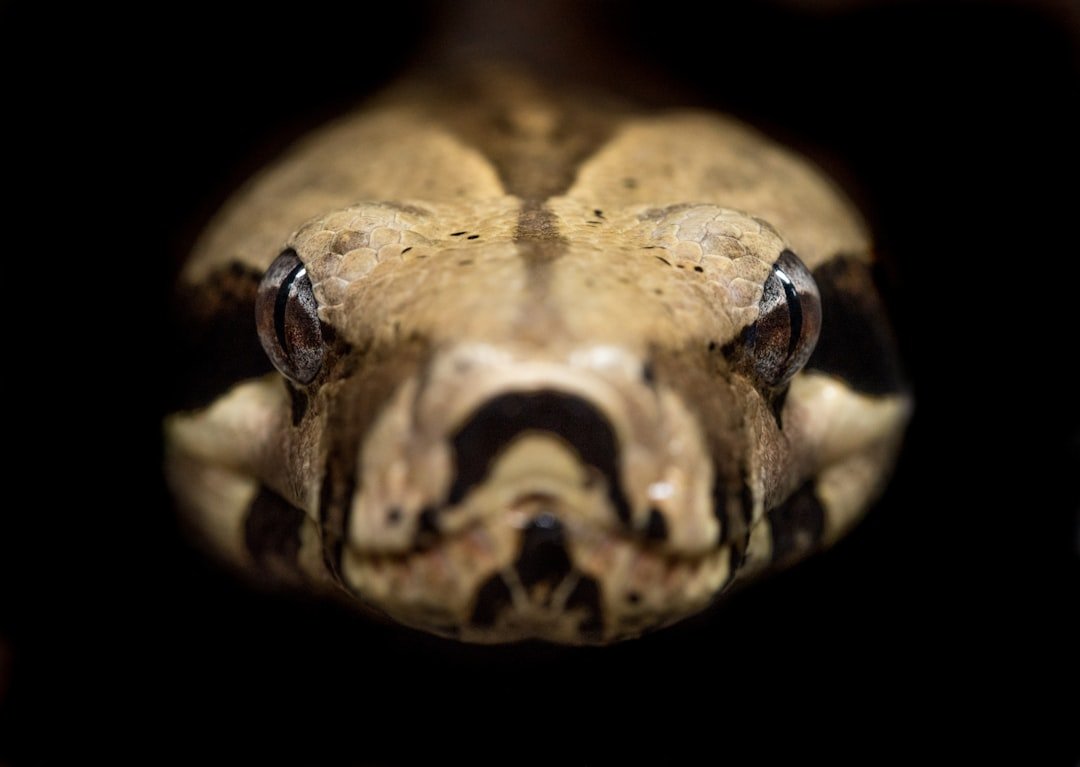
Hognose snakes are built around a toad-heavy diet, complete with posterior teeth that help deflate puffed-up prey. They tolerate the chemical defenses of many toads, a superpower that opens a buffet other predators skip. That specialization keeps garden toad numbers in check and recycles nutrients through the food web.
Despite the scary hooding display, hognoses pose little risk to people and usually avoid biting. When they do, the effect on humans is typically minor. The best response is simple: give space and let the drama end on its own.
The Future Landscape
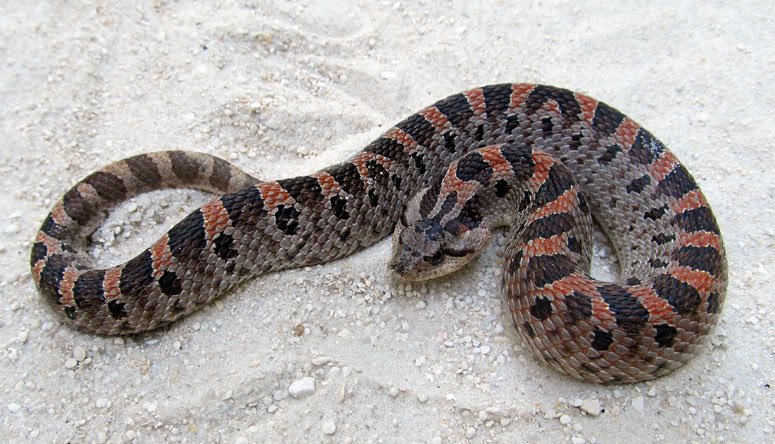
As suburbs spread into scrub and prairie, death-feigning may face new audiences: dogs, lawn equipment, and curious kids. Researchers are turning to lightweight biologgers, high-frame-rate field videos, and AI-enabled pattern analysis to map when and how frequently the tactic is used. Environmental DNA from soil and puddles is also helping track where hognose populations persist.
Climate shifts will reshape the timing of activity and predator communities, nudging the economics of risk. If predator suites change, the script may evolve too – shorter performances, new cues, or different thresholds for panic. Studying those changes in real time could reveal evolution in motion.
Field Notes for Coexistence: A Call to Action
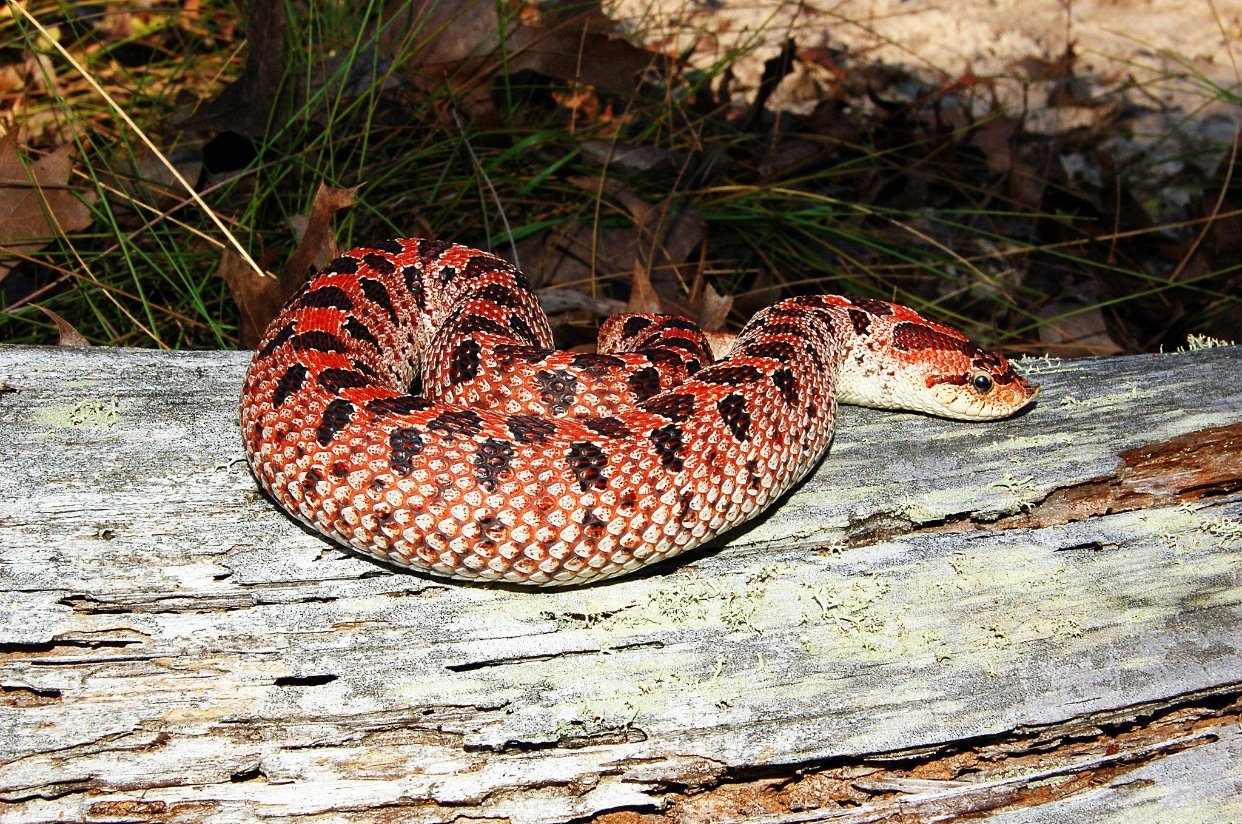
If you encounter a hognose doing its best impression of a crime scene, resist the urge to help or to test the act. Step back, keep pets leashed, and let the snake decide when the curtain falls. In many regions, simple habitat kindness – untidy corners, native plants, and intact leaf litter – offers shelter that makes risky performances less necessary.
Support local herpetological groups, share credible identification guides, and champion non-lethal responses to backyard wildlife. The next time you see a lifeless-looking snake, remember you might be witnessing one of nature’s finest survival plays – silent, strange, and brilliantly effective. Did you expect that?

Suhail Ahmed is a passionate digital professional and nature enthusiast with over 8 years of experience in content strategy, SEO, web development, and digital operations. Alongside his freelance journey, Suhail actively contributes to nature and wildlife platforms like Discover Wildlife, where he channels his curiosity for the planet into engaging, educational storytelling.
With a strong background in managing digital ecosystems — from ecommerce stores and WordPress websites to social media and automation — Suhail merges technical precision with creative insight. His content reflects a rare balance: SEO-friendly yet deeply human, data-informed yet emotionally resonant.
Driven by a love for discovery and storytelling, Suhail believes in using digital platforms to amplify causes that matter — especially those protecting Earth’s biodiversity and inspiring sustainable living. Whether he’s managing online projects or crafting wildlife content, his goal remains the same: to inform, inspire, and leave a positive digital footprint.


